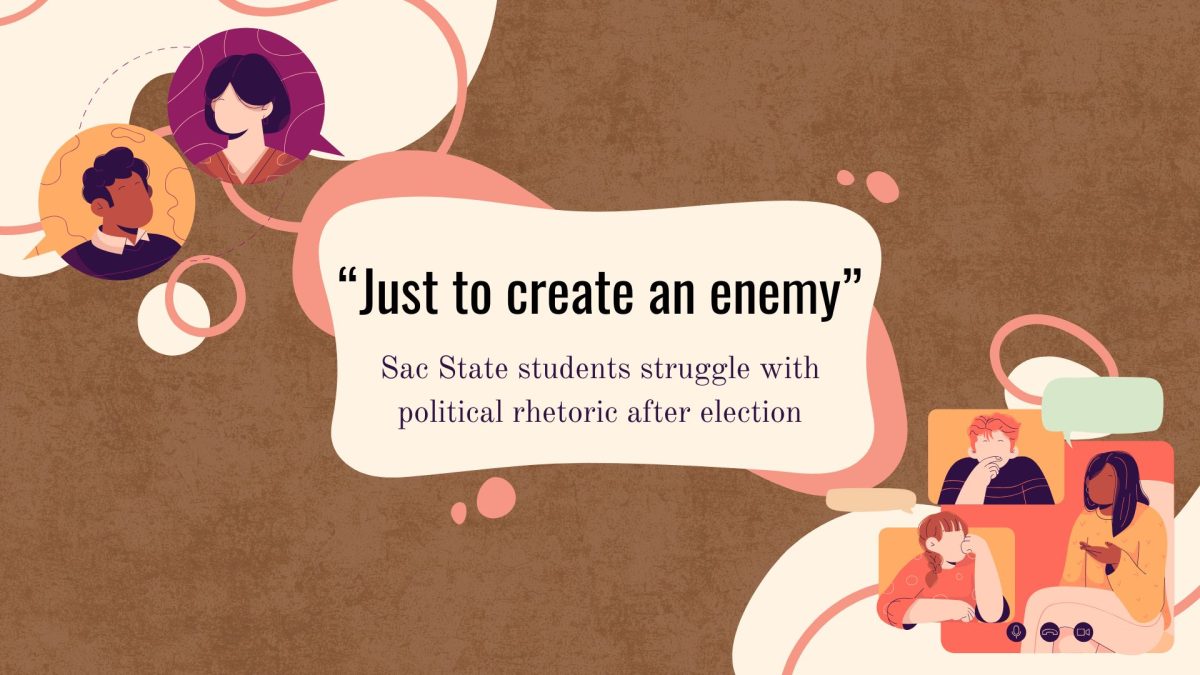Hornets football, baseball lose scholarships
May 6, 2007
The NCAA on Wednesday took away 2 ½ football scholarships and one-third of a baseball scholarship for the 2007-08 school year after the two Sacramento State teams scored poorly in the Academic Progress Report.
According to the report based on the last three academic years, the Hornets football team will lose 2.53 of its 63 scholarships and baseball will lose 0.38 of its 11.7 scholarships for the 2007-08 school year.
The NCAA issued a public warning to the football team, the first sanction under the historical penalty structure. If the team fails to show improvement in the APR for another year, football could face sanctions in the areas of scholarships, recruiting and practice. A third year of bad performance by the football team would lead to a loss of postseason competition and a fourth year of bad performance would result in Hornets football not being considered a Division I team.
“This team will be subject to additional historical penalties if it does not meet the historical-penalty review at any time within the next three years,” the report said.
Other teams in the Big Sky Conference lost scholarships, including Montana State football (3), Northern Arizona football (4.41), Portland State wrestling (0.12) and Weber State football (3.68).
The overall results are better than last year. For the 2006-07 school year, the Hornets lost scholarships in football (2.31), women’s indoor and outdoor track and field and cross country (1.31), men’s basketball (1) and baseball (0.1).
According to Paul Edwards, director of the Student-Athlete Resource Center, penalties from 2006-07 will not carry over to the next. Men’s basketball and women’s indoor and outdoor track and field and cross country will return to the maximum team limit of 13 and 18 scholarships, respectively.
The APR is based on athlete eligibility, retention and graduation. A score of 925 or higher is necessary to avoid penalty, barring exceptions based on team size, called squad-size adjustments and how the scores compare to the university’s general student body.
A score of 925 translates approximately to a 50 graduation rate, Edwards said. Teams can lose scholarships if they have a score below 925 and have student-athletes who fail academically and leave the university. Only athletes who receive a full or partial scholarship weigh into the system, meaning walk-on athletes don’t factor in a team APR score.
The average APR score for all student-athletes is 960, according to the latest data. The NCAA said in a press release that 112 teams would be sanctioned for poor performance.
“The goal of academic reform is to improve classroom performance and graduate all of our student-athletes,” NCAA President Myles Brand said in a press release. “Teams not doing well academically need to begin devising strategies for improvement now.”
Among men’s teams at Sacramento State, baseball, basketball, football, golf and indoor and outdoor track and field scored below 925. Among the women’s teams, cross country, tennis and indoor track and field scored below 925. Edwards said that teams below 925 must complete academic improvement plans for the NCAA.
Edwards, who is responsible for compiling the APR data for the NCAA, said he totaled the APR for all the intercollegiate teams at Sac State. The combined APR for the Athletics Department rose from 893 in 2003-04 to 924 in 2004-05 to 927 in 2005-06.
While the NCAA doesn’t total the data for the report in this way, Edwards said, combined data could be a good measurement of the entire program. He attributed some of the improvements to mandatory general education and major advising, the mentoring program for the most at-risk student-athletes and individual team study halls.
“We’ve done a lot over the last three years since the APR came out, especially after the first year, of educating coaches so that they could make better decisions regarding the APR as far as roster management,” Edwards. “In some ways, some of the coaches likely took the information and viewed how they needed to, if possible, change their recruiting goals or recruiting focus on student-athletes depending on their individual team scores.”
Next year, the NCAA will not consider squad-size adjustment before leveling sanctions. According to recent data released in a press release, 44 pecent of men’s basketball teams in the NCAA would have posted APRs below 925 and could have lost scholarships without squad-size adjustments.
Some of the smaller teams that scored low, such as men’s golf at Sac State, could be in trouble when the next report is released in spring 2008.
“The jury is out in every single one of them,” Edwards said. “I have individual coaches trying to determine ‘What’s my situation going to be like?’ (It) is impossible because you don’t know what every single student’s eligibility is going to be.”
Edwards said teams with low scores should continue to evaluate academic support and coach education.
“I am very encouraged by the strides we’ve made since 03-04 in understanding the process and realizing what we need to do,” Edwards said. “Am I satisfied? Absolutely not. We still have some work to do to improve in that area. We want to improve.”
Nate Miller can be reached at [email protected].




























































































































